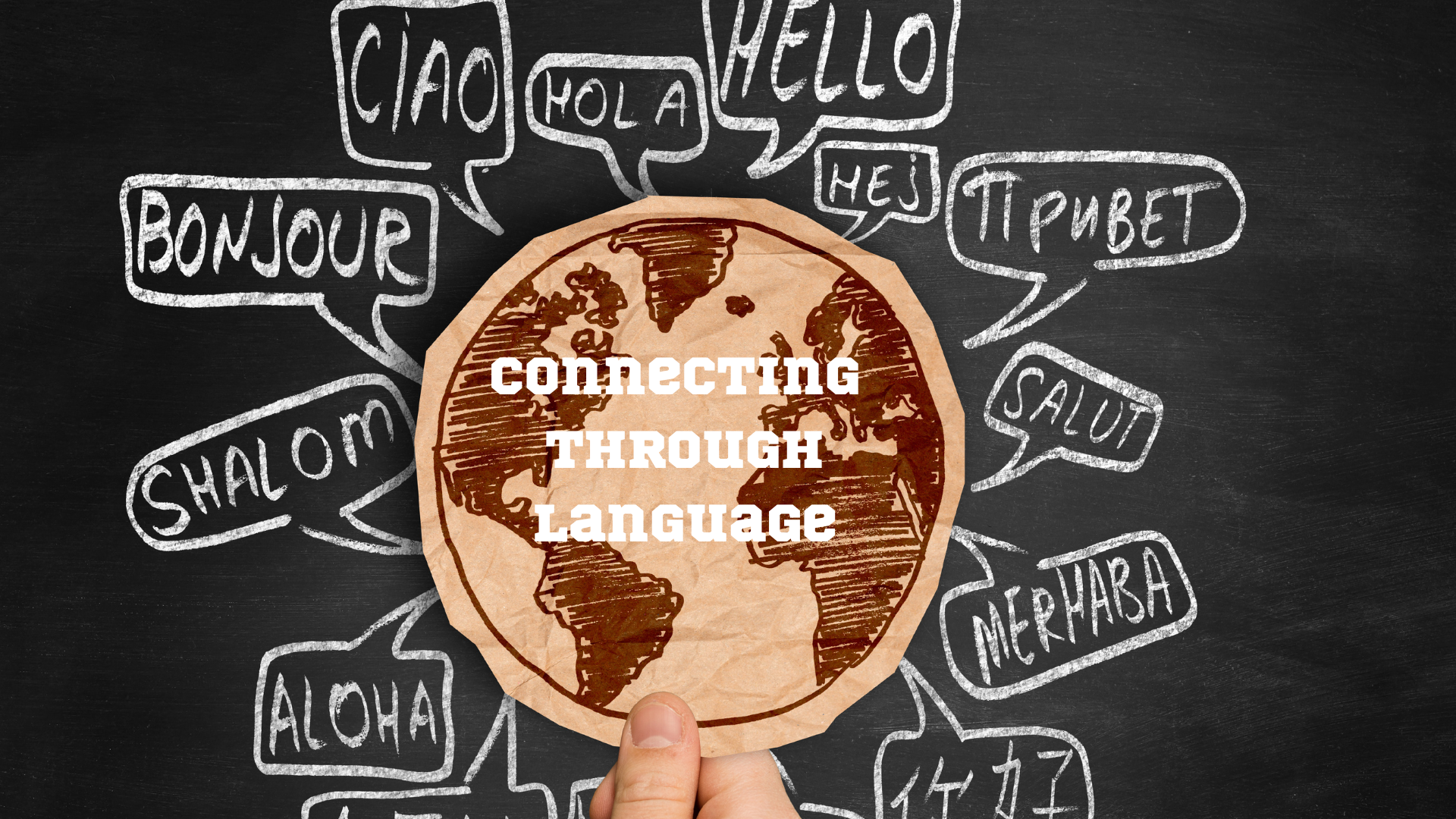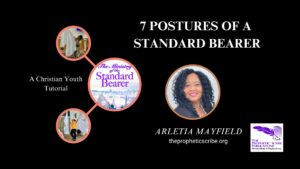Cross-cultural communication has always been essential to preserve history, culture, and to share ideas, educate, and inspire people. In countries with many communities and villages that speak different languages and dialects from region to region, people tend to learn and understand better in their own “heart language.” When people want to communicate beyond their local territory, they usually speak the national language, but sometimes people (particularly older people) in outlying regions (unreached territories) get overlooked. Younger people tend to leave outlying areas as soon as they are able to attend school or find work to help support the family.
So, what is the difference between a language and a dialect? Languages are widely used and generally cover a larger community or cultural area. Whereas dialects tend to be regional. Also, languages are considered more formal and clearly defined, whereas dialects tend to be looser and more fluid; they may even contain slang terms understood only by locals of a particular region. In addition, languages are adopted as “official” by countries and states, but dialects usually are not.
 When we were invited on a mission trip to Papua New Guinea (PNG) in 2018 as videographers, we traveled from the city of Port Moresby to the Highlands visiting different villages where many different languages were spoken. We were surprised to learn that PNG had over 850 languages, making it the most linguistically diverse country in the world, and one of the most unreached. Thankfully, many media missions organizations are doing amazing work reaching unreached communities with the Gospel of Jesus Christ.
When we were invited on a mission trip to Papua New Guinea (PNG) in 2018 as videographers, we traveled from the city of Port Moresby to the Highlands visiting different villages where many different languages were spoken. We were surprised to learn that PNG had over 850 languages, making it the most linguistically diverse country in the world, and one of the most unreached. Thankfully, many media missions organizations are doing amazing work reaching unreached communities with the Gospel of Jesus Christ.
~ Franklin and Arletia Mayfield, Mayfield Media Missions ~
Why translations? Did you know that viewers spend one-third of their time watching videos? Nearly 60% of business decision-makers prefer watching a video than reading an article or blog post. Cisco estimates that by 2020, nearly a million minutes of video content will cross the Internet every second. Therefore, if it isn’t already, video should be a main component of your companies marketing and communication strategy. And, if video is already part of your strategy, this is a great time to start making them widely accessible by adding subtitles/captions to cross language barriers. With advancements in AI (artificial intelligence) technology, there are some exciting opportunities to target and amplify your message.
Christians are commanded to make disciples of all nations. Matthew 28:19-20
Scribes should consider having their books and videos translated into different languages to reach other cultures, especially with the Gospel message. If you are not using video, subtitles, captions, or translations, you are basically in an outlying area, but you don’t have to be.
Tongues Translation Service (TTS) offers services including captions, subtitles, and Branded Voice for Audiobooks.
- Give them the number of words in your book.
- Let them know if you want to use your own voice (Branded) or an automated voice (AI).
- They will provide you with a quote.*
For more information, please take time to explore Tongues Translation Services
Then, give them a call.
Cost for these services starts at $5K (annually)







